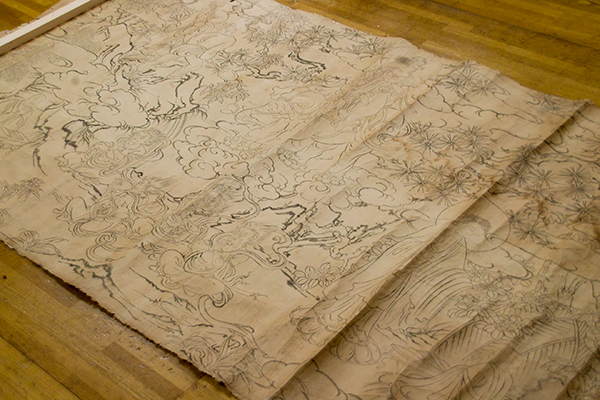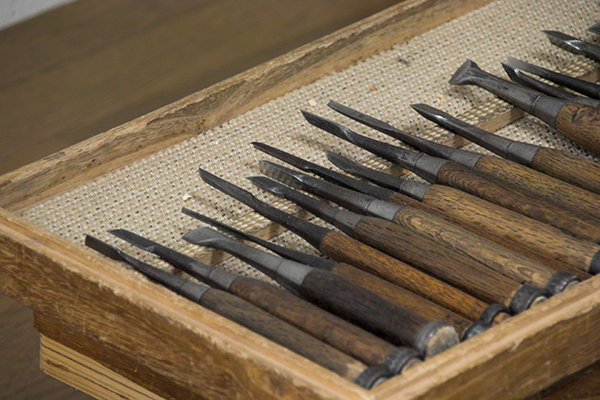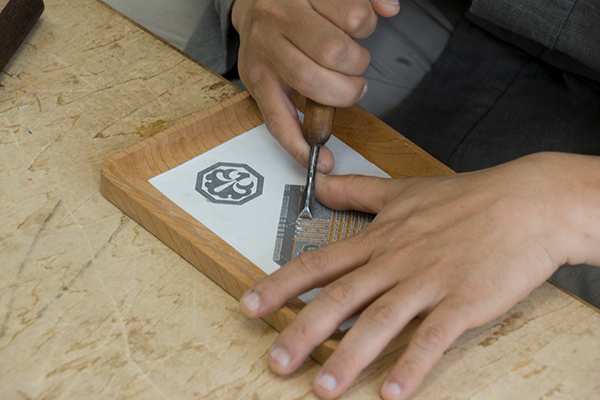Edo Moku-Chokoku (Wood Carving)
 The history of wood carving is a long one, one theory espousing that it started with the introduction of Buddhism in the 6th century. The Heian period (794- ca.1190) saw a large number of Buddhist statues carved, but moving into the Muromachi period (1336-1573) and with it the heyday of Zen Buddhism, a sect that did away with the necessity for Buddhist statues, the art of Buddhist statue carving disappeared. While the statues themselves may have gone out of vogue, architectural carving such as that of the ornamentation on pillars and transoms in shrines and temples began to rapidly develop.
The history of wood carving is a long one, one theory espousing that it started with the introduction of Buddhism in the 6th century. The Heian period (794- ca.1190) saw a large number of Buddhist statues carved, but moving into the Muromachi period (1336-1573) and with it the heyday of Zen Buddhism, a sect that did away with the necessity for Buddhist statues, the art of Buddhist statue carving disappeared. While the statues themselves may have gone out of vogue, architectural carving such as that of the ornamentation on pillars and transoms in shrines and temples began to rapidly develop.





Taito Ward, home to a plethora of Shinto shrines and Buddhist temples, has taken up the mantle when it comes to preserving the traditions of these wood carving techniques, honed over their long history, into the present day. Using the utilization of tools such as chisels and carving knives, carvings of Shinto and Buddhist deities and those of ornamental architectural components brimming with detail, liveliness, and solidity continue to be carved today.
